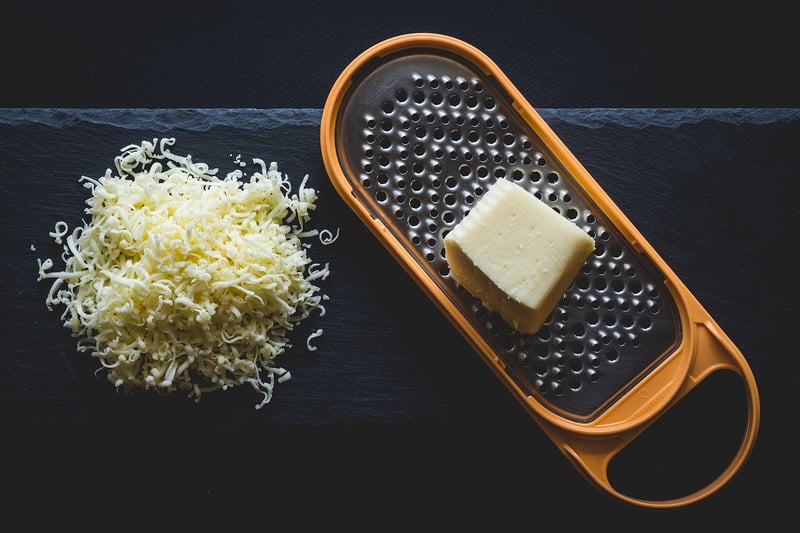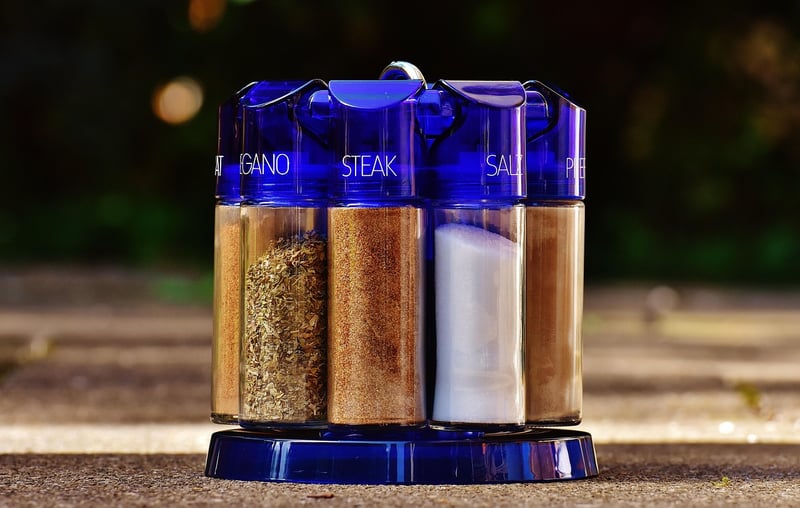Ingredient Substitutions
Enhance Your Culinary Skills with Ingredient Substitutions
Are you looking to elevate your cooking game but don't have all the ingredients on hand? Don't worry! Learning about ingredient substitutions can help you adapt and overcome any missing components in your recipe. Whether you're out of a key ingredient or looking to experiment with new flavors, being able to substitute ingredients effectively is a valuable skill for any home cook.
Why Use Ingredient Substitutions?
Ingredient substitutions come in handy for various reasons:
- Emergency situations when a specific ingredient is unavailable
- Adapting recipes to suit dietary restrictions or preferences
- Experimenting with new flavors and textures
- Improvising to create unique dishes
Common Ingredient Substitutions
Here are some common ingredient substitutions you can try in your recipes:
1. Buttermilk
If you don't have buttermilk, you can make a substitute by adding 1 tablespoon of vinegar or lemon juice to 1 cup of milk and letting it sit for 5-10 minutes.
2. Eggs
For baking recipes that call for eggs, you can use mashed bananas, applesauce, or yogurt as alternatives for binding and moisture.
3. All-Purpose Flour
If a recipe calls for all-purpose flour but you only have whole wheat flour, you can use it as a substitute, keeping in mind that the texture may be slightly denser.
Experiment and Have Fun!
Don't be afraid to experiment with ingredient substitutions in your cooking. It's a great way to learn more about flavors, textures, and the science behind cooking. Remember, the best chefs are often the most creative ones!

Now that you know the basics of ingredient substitutions, feel free to get creative in the kitchen and impress your friends and family with your culinary skills!
Happy cooking!
